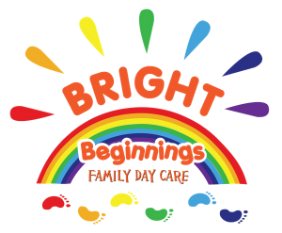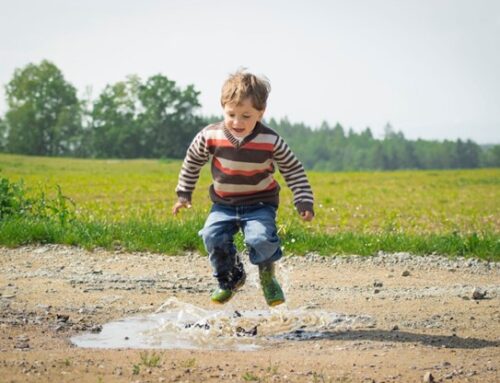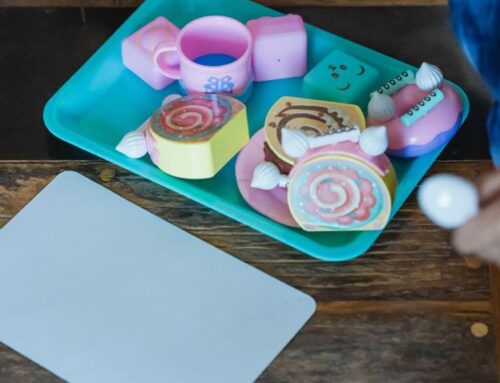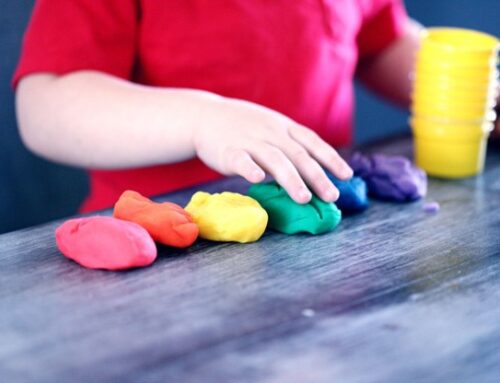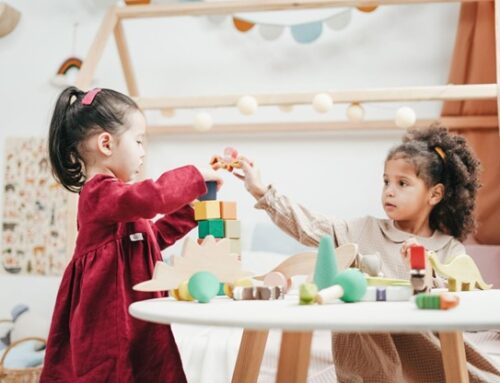A cost-effective investment in family well-being is high-quality early childhood educational programming delivered in a deliberately planned, well-maintained learning environment. Quality early learning environments have a significant favorable effect on pupils, according to studies.
Simply put, when kids feel at ease in their surroundings, they learn better.
True quality is too frequently confused with health and safety regulations. These minimum licensing requirements are extremely important, but they do not address the many environmental factors that contribute to a high-quality early childhood environment, such as indoor air quality, temperature, adequate ventilation, noise reduction, optimal lighting, furnishings, ease of access, group gathering areas, and more.
These factors of Shepparton Daycare influence how productive students are. Children did better on tests in classrooms with good ventilation and a comfortable air temperature, according to one study. More studies confirm that in pleasant classrooms, students perform and behave better.
Administrative Facilities:
Facilities also help teachers and administrators be more satisfied in their jobs, which indirectly benefits student progress. Historically, childcare has been a low-paying industry, but a good center can give the teachers the tools they need to do their best work.
The relationship between teachers and students is crucial for a child’s growth.
Both the teacher and the student benefit when they are working in a setting that is conducive to creativity and comfort.
A strong early childhood infrastructure in Shepparton DayCare will make it easier for families and kids who are most in need to access high-quality education, fostering a generation of young Children who are ready for academic achievement and productive lives far into adulthood.
Significance:
Regarding the significance of early care and learning facilities and their influence on children’s outcomes,
The quality of the surroundings in which children learn, play, and develop—including child care and early learning programs—is crucial to their happy and healthy development because young children learn at a rapid pace. However, the quality of childcare environments has long been ignored, with many childcare facilities just fulfilling the minimum requirements for health and safety and providers unable to pay the costs associated with enhancing their facilities. Many states focus on minimum requirements to protect young children from harm and maintain their health, but neglect to consider facility features that encourage healthy habits and development, such as child-sized sinks and access to playgrounds.
Any facility that offers services for early childhood education is referred to as a preschool. Even though a kindergarten could provide a different style of early childhood education, both fall under the umbrella of preschool.
Children spent a lot of time studying and playing in kindergarten, daycare centers, or any other preschool. As a setting for learning, the area must be RESPONSIVE to both the requirements of children and the educators’ FLEXIBILITY.
5 Essential Shepparton Daycare Facilities for a Better Learning Environment
- Bookstore Creative space
- An open-plan classroom
- location for playing outside
- Landscape Corner
1. Bookstore creative space:
Children’s libraries are crucial preschool resources for knowledge and growth. Either a library space or a compact area where kids can look through books on their own. The preschool library should be a kid-friendly space where kids may go to read books; this setting encourages children to build READING HABITS from an early age.
2. Innovative Field
Children can experiment and express their creativity in a variety of ways. Your little ones can use their creativity to play, express themselves, and sketch in the preschool classroom’s creative section.
A location where the kids can have fun and Learn at the same time doesn’t necessarily have to be a designated drawing or learning room. They can choose to do what they enjoy there, and it fosters the growth of their interests.
3. Unconstrained classroom
A popular idea for the classroom of the twenty-first century, including preschool, is the open space. Boring and tedious is the standard classroom layout with the teacher speaking in a fixed position in front of the class. It’s unrealistic to expect young children to remain in one spot while paying attention to the teacher for an extended period of time because of this, an open-plan classroom allows for a lot of student freedom while they learn. Open-plan settings are said to foster greater social development in youngsters and to be less dictatorial. It’s a theory that encourages teachers and students to share their expertise.
4. Area for Playing Outside
If you are a parent, you have probably observed that your children favor screen time over outdoor play. The outside play space is constantly on the list of amenities that every preschool has to have!
5. Landscape Corner
These days, you may find various preschools that focus on nature-based early childhood education (NbECE). Learning takes place in NATURE in this kind of educational program.
This educational initiative aims to strengthen kids’ ties to the environment and make use of its advantages for their intellectual growth. Children’s patience, investigation, and curiosity are encouraged by a nature nook.
Preschool design decisions are not taken lightly. There are several factors to take into account, such as design, safety, aesthetics, facilities, and instructional efficiency.
